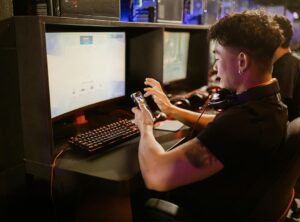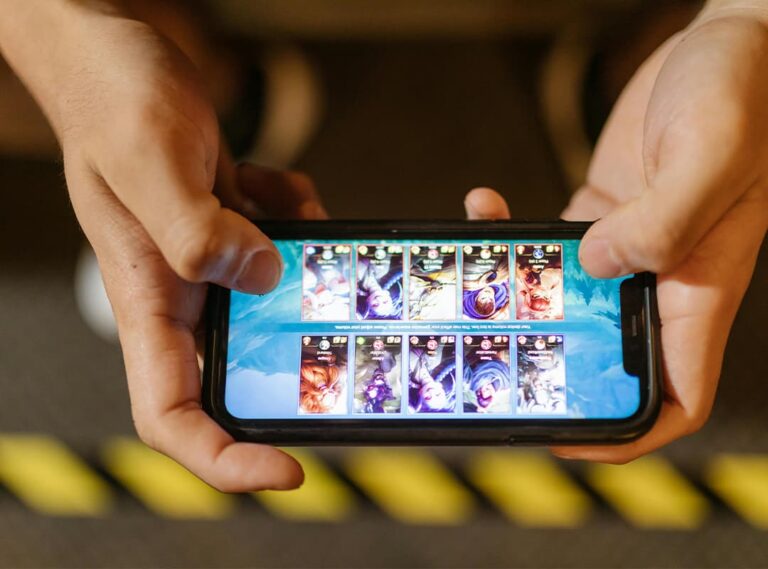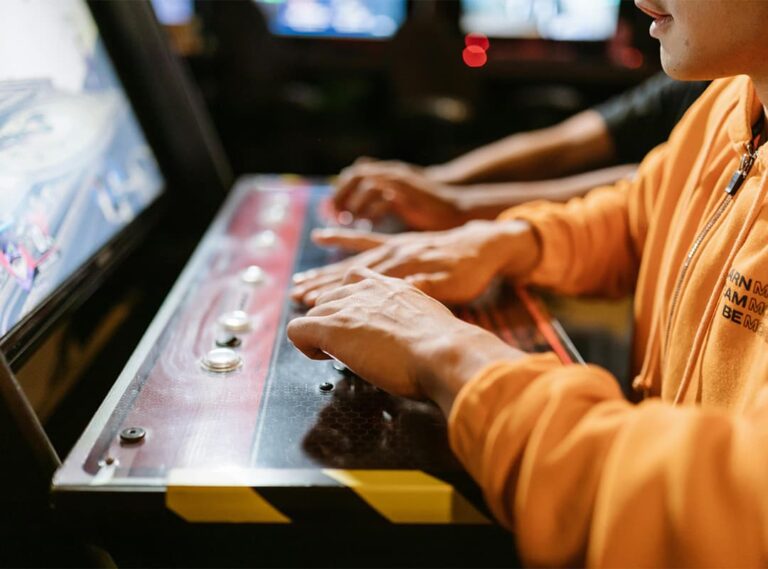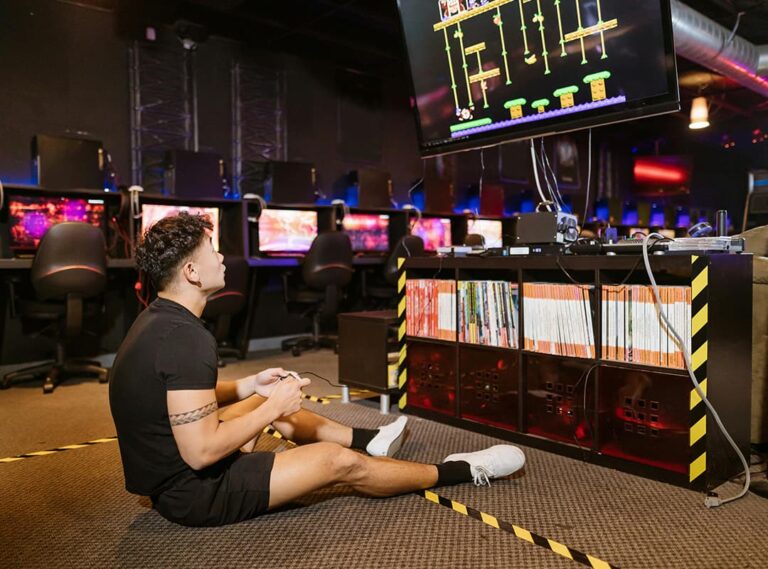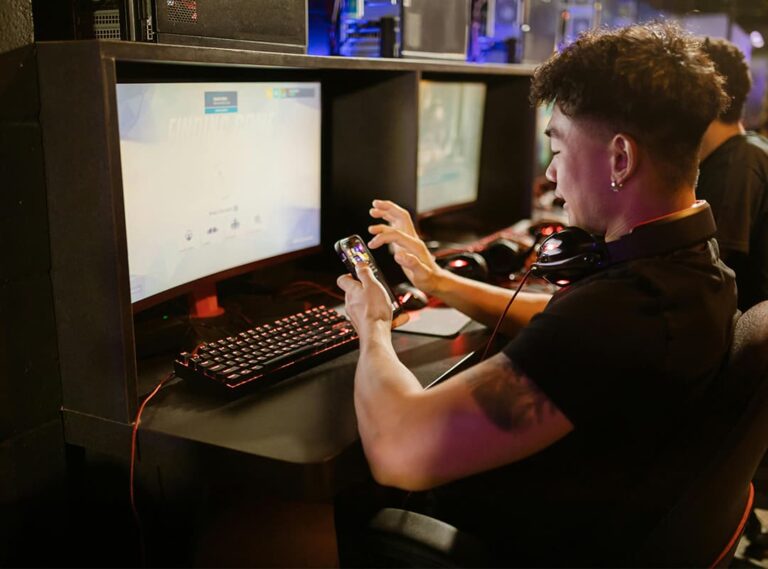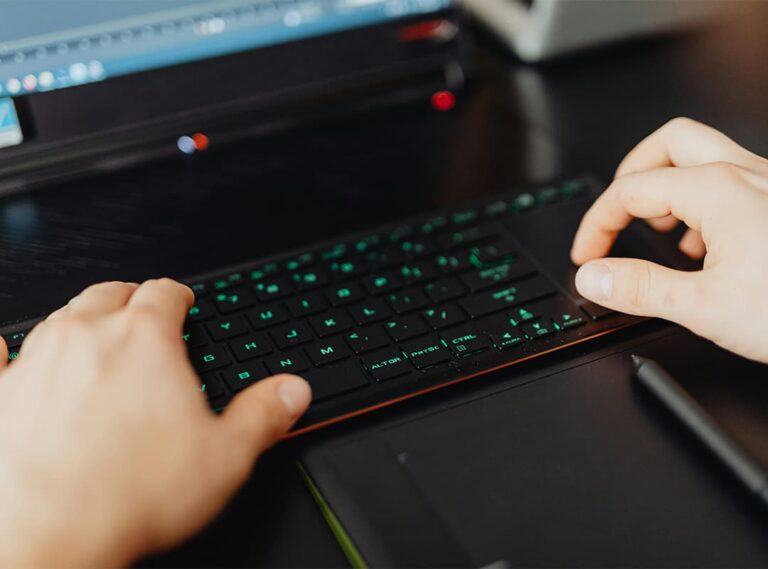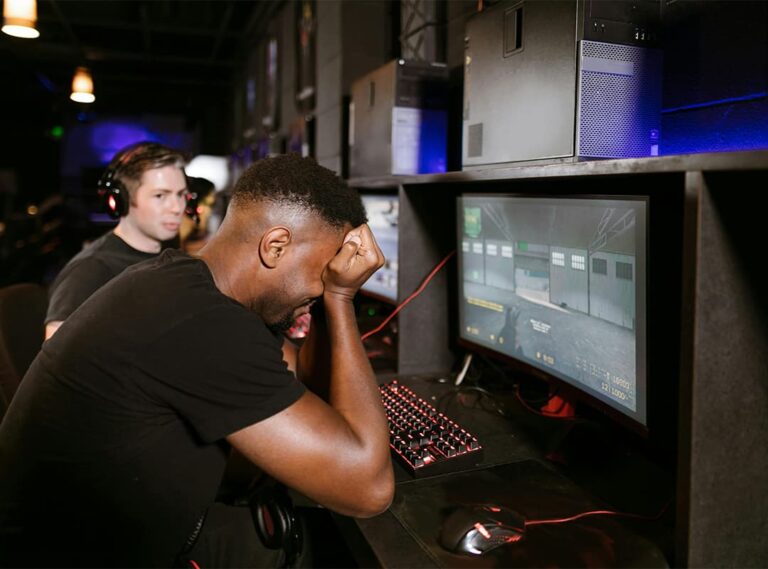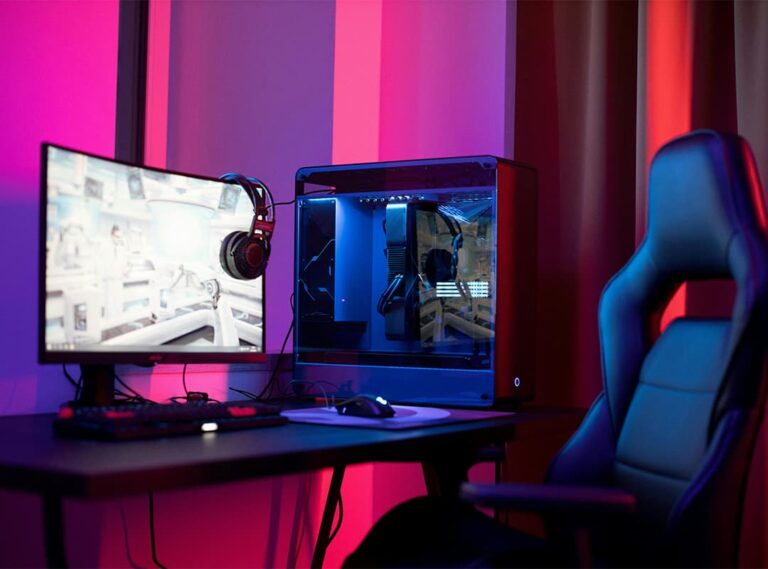Blockchain gaming has introduced innovative models that reward players for their time and effort. While Play-to-Earn (P2E) has dominated discussions in recent years, a new paradigm, Play-to-Own (P2O), is emerging as a more sustainable and player-centric approach. In this article, we’ll explore the mechanics of Play-to-Own, how it differs from Play-to-Earn, and why it could be the future of gaming.
1. Understanding Play-to-Earn (P2E)
Play-to-Earn is a gaming model where players earn cryptocurrency or other digital assets (like NFTs) through gameplay. Popularized by games like Axie Infinity, P2E incentivizes engagement by monetizing in-game activities.
Key Features of P2E:
- Earning Potential: Players can earn tokens by completing quests, winning battles, or farming resources.
- Token Economy: In-game currencies can often be traded for real-world money.
- Focus on Rewards: The primary appeal is financial gain, attracting players who see gaming as an income stream.
Challenges of P2E:
- Unsustainable Models: Many P2E games rely on constant growth and new players to sustain token value, leading to “Ponzi-like” concerns.
- High Barriers to Entry: Players often need to buy expensive NFTs or tokens to start playing.
- Reduced Fun Factor: The focus on earning can overshadow the gaming experience itself.
2. What Is Play-to-Own (P2O)?
Play-to-Own shifts the focus from earning income to ownership of in-game assets. Players gain digital property, such as NFTs, by participating in the game, but the emphasis is on long-term value and player empowerment rather than immediate financial returns.
Key Features of P2O:
- True Ownership: Players own their assets outright, which can be traded, sold, or used across different games.
- No Immediate Earning Pressure: Unlike P2E, the goal is not to “grind” for money but to build value over time.
- Focus on Gameplay: Developers prioritize creating engaging, enjoyable experiences.
Example of P2O:
A player in a P2O game might earn a rare sword NFT by completing a challenging quest. This sword can be kept as a collectible, used in-game, or sold on a marketplace. The value stems from its utility and rarity, not from speculative token prices.
3. Key Differences Between P2E and P2O
| Aspect | Play-to-Earn (P2E) | Play-to-Own (P2O) |
|---|---|---|
| Primary Goal | Earning cryptocurrency or tokens. | Ownership of digital assets. |
| Player Motivation | Financial gain through gameplay. | Building collections and long-term value. |
| Economic Model | Reliant on token-based economies. | Focused on asset ownership and utility. |
| Gameplay Focus | Often secondary to earning mechanisms. | Central to the experience. |
| Sustainability | Challenging to maintain due to token inflation. | More sustainable with non-speculative incentives. |
| Barriers to Entry | High upfront costs to acquire earning assets. | Often free-to-play or minimal initial investment. |
4. Benefits of Play-to-Own
A. Sustainability
P2O avoids the pitfalls of token inflation by decoupling gameplay rewards from speculative economies. Assets retain value based on rarity and demand rather than hype.
B. Player Empowerment
Players own their progress and achievements. Assets can have real-world value without relying on external markets or token trading.
C. Community Focus
By prioritizing ownership and enjoyment, P2O fosters stronger, more engaged gaming communities. Players are less likely to churn, as their focus is on enjoying the game rather than earning money.
D. Broader Accessibility
Many P2O games adopt a free-to-play model, making them accessible to casual players while still offering opportunities for asset ownership.
5. The Future of Play-to-Own Gaming
As blockchain gaming evolves, Play-to-Own is emerging as a more balanced and sustainable model. Here’s why:
- Interoperability: P2O games often support cross-game and cross-platform assets, allowing players to use their NFTs in multiple ecosystems.
- Developer Incentives: Developers can focus on building high-quality games without being pressured to sustain volatile token economies.
- Player-Centric Design: By prioritizing ownership and enjoyment, P2O appeals to both casual and hardcore gamers.
6. Challenges of Play-to-Own
While promising, Play-to-Own also faces hurdles:
- Education Gap: Players unfamiliar with blockchain technology may find asset ownership confusing.
- Market Maturity: The NFT market is still young, and interoperability between games remains limited.
- Scalability: As player bases grow, ensuring low-cost and efficient blockchain transactions is essential.
The rise of Play-to-Own marks a significant shift in gaming economics. By prioritizing asset ownership and sustainable ecosystems, P2O addresses many of the flaws inherent in Play-to-Earn models. As developers continue to innovate, Play-to-Own could redefine the gaming industry, creating experiences that are not only enjoyable but also empowering for players.
For gamers, the shift from earning to owning offers a more meaningful and rewarding relationship with the virtual worlds they inhabit. The future of blockchain gaming is here—and it belongs to those who play to own.

